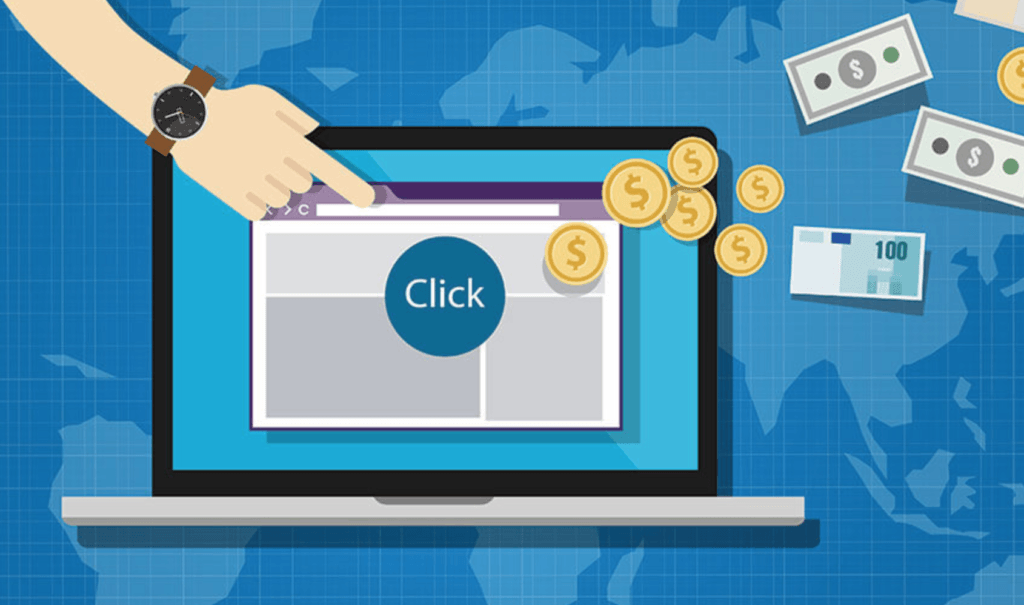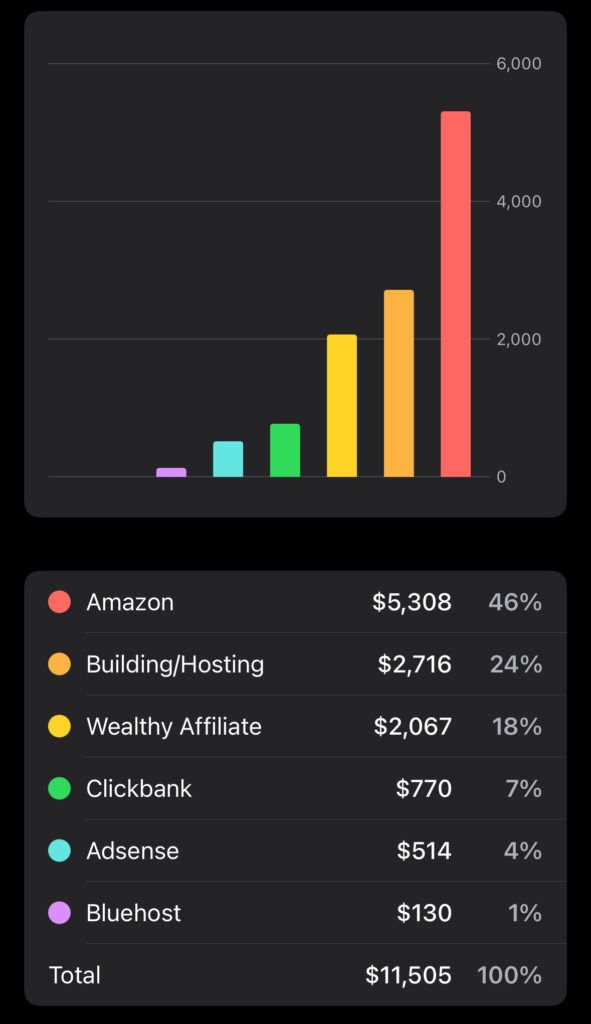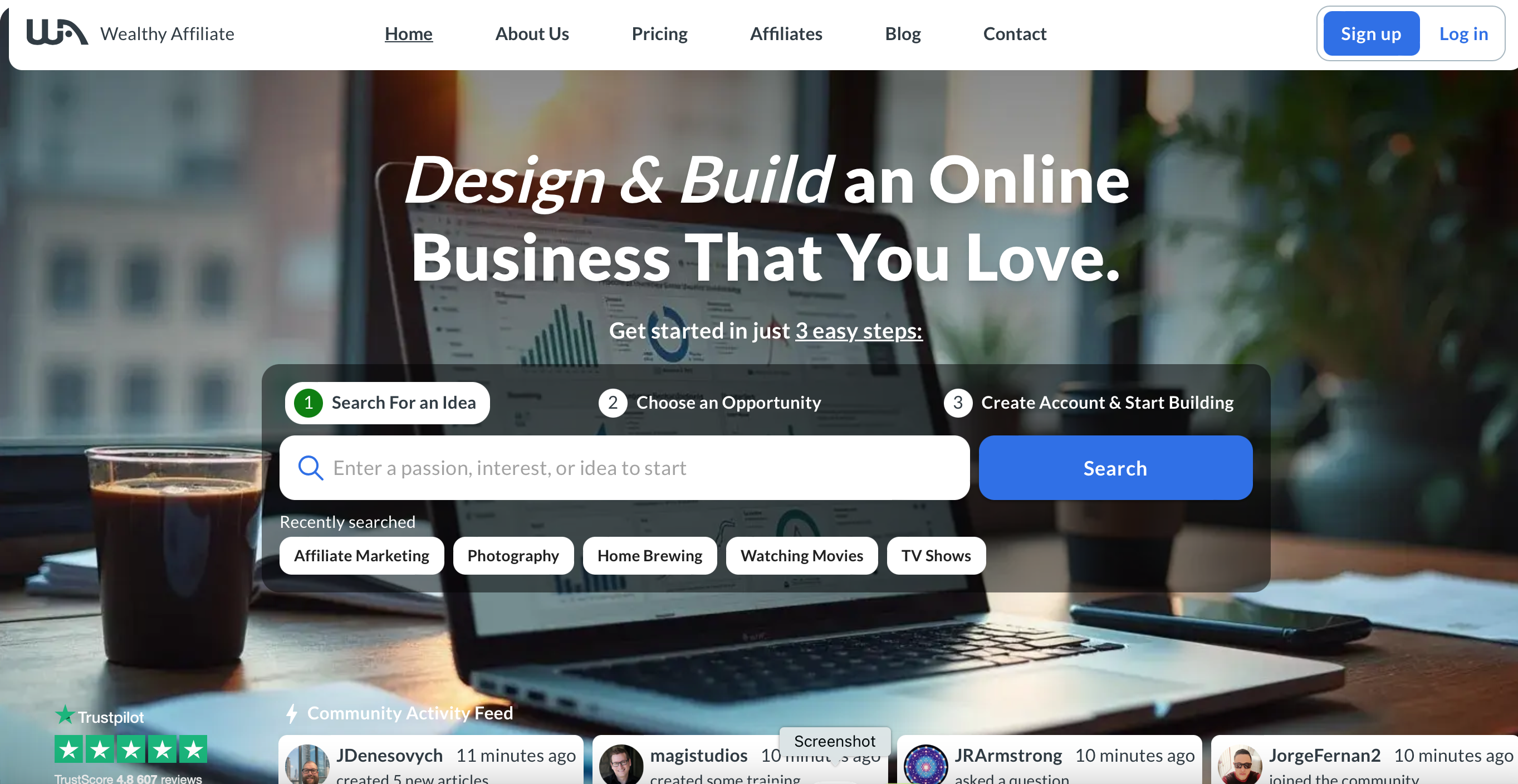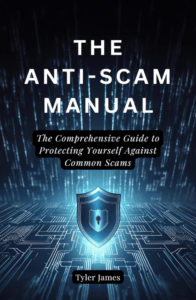What is Affiliate Marketing and How Does It Work?
“Affiliate marketing” is one of those terms you’ve probably heard thrown around, especially if you’ve dabbled in the world of online business. Yet, for many, it still feels like a bit of a mystery.
What exactly is affiliate marketing?
And, perhaps more importantly, how does it work? Let’s break it down in simple terms, using a few personal stories to illustrate the concept.
What is Affiliate Marketing?
Affiliate marketing is, at its core, a relationship between three parties:
– The Merchant (Product/Service Owner): This is the business or individual selling a product or service. Think Amazon, a software company, or even a small business selling handmade crafts.
– The Affiliate (You): This is the marketer (that’s you!) who promotes the merchant’s product. Your goal is to drive traffic to the merchant’s site and convince visitors to buy.
– The Consumer (Customer): This is the person who ultimately buys the product through your recommendation.
It’s a win-win-win situation. The merchant gets more sales, you (the affiliate) earn a commission, and the customer gets a product they (hopefully) love. Essentially, you’re acting as the middle-man (or middle-woman), connecting the product with the buyer and getting rewarded for it.
How Does Affiliate Marketing Work?
Let’s go through the process step by step. I’ll toss in a few relatable examples to make it all a bit clearer.
1. Join an Affiliate Program
To become an affiliate, you first need to join an affiliate program. Most big companies have them, including Amazon (via their Amazon Associates program), eBay, and countless others. There are also networks like ShareASale and ClickBank, where you can find all sorts of products and services to promote.
Personal Story: When I started affiliate marketing back in 2018, I signed up for Amazon Associates because, let’s face it, Amazon sells pretty much everything! I figured it would be a good place to start as there’d always be something I could recommend. I’ve had great success with Amazon, selling affiliate products on several of my websites.
2. Choose Products to Promote
Once you’ve joined a program, you get access to a wide range of products. Your job is to pick products that align with your audience’s needs. This is key. If you’re running a blog about fitness, it doesn’t make much sense to promote kitchen gadgets, right? (Unless they’re related to healthy cooking, of course.)
Think of it as giving a good book recommendation to a friend. If you know they love thrillers, you wouldn’t suggest a romance novel. You want to be useful to your audience, and that starts with choosing the right products.

3. Get Your Unique Affiliate Link
Every product you choose comes with a unique ‘affiliate link. This is a URL that tracks anyone who clicks on it and makes a purchase. This link is the lifeblood of your affiliate marketing efforts—it’s how the merchant knows the customer came from you, and means they can pay you your commissions.
Here’s a typical Amazon link. It’s shortened to disguise the fact that it’s an affiliate link
https://amzn.to/4elsmy8
Personal Story: I remember being excited when I got my first affiliate link. It was for a product I loved and was genuinely enthusiastic about recommending. That’s the sweet spot in affiliate marketing—promoting something you believe in. Otherwise, your recommendations can come across as forced or even disingenuous. I’ve now sold many of these products (and similar) worth thousands of dollars in revenue.
4. Promote the Product
This is where the marketing part comes in. You need to share your affiliate link in a way that reaches your audience and encourages them to click. Some common strategies include:
– Writing blog posts or reviews
– Creating YouTube videos
– Sharing on social media
– Sending emails to your subscribers
The goal is to get people interested in the product and clicking on that affiliate link. This is where your skills as a content creator, marketer, or influencer come into play. However, don’t try to force a sale. That is where the experience comes in – knowing exactly when to pitch your solution to their problem/need.
5. Earn a Commission
Once someone clicks on your affiliate link and makes a purchase, you earn a commission! The amount varies depending on the program. For example, Amazon Associates commissions range from 1% to 10%, depending on the product category. Other programs may offer flat fees or higher percentages, especially for digital products like software. There is usually a delay in commission payment. This allows for returns, if necessary.
This part feels a bit like Christmas morning – checking your affiliate dashboard and seeing a new sale and commission earned! It’s that small win that keeps you motivated to promote more and improve your marketing efforts. As you become more experienced and promote more products you should see your month-to-month commissions rising.
The Advantages of Affiliate Marketing
So, why do so many people, like myself, dive into affiliate marketing? Here are a few key reasons:
– Low Barrier to Entry: You don’t need to create or hold inventory. Your job is simply to promote products and services others have already created. There is no management of stock, no fulfilment process, and no complaints to field. These are all done by the merchant. All you need to ensure is that your marketing is accurate and truthful.
– Work from Anywhere: As long as you’ve got an internet connection, you can run your affiliate marketing business. I’ve worked from home, coffee shops, and even while on vacation. Sometimes i’ve even worked using my mobile phone as a hotspot to all me to connect. There’s always a way. You can also write articles offline and post them when you have access to wifi again. There’s absolutely no reason to stand still.
– Passive Income Potential: Once you’ve set up your content and affiliate links, you can earn commissions while you sleep. It’s not 100% passive—you’ll need to periodically update your content, keep it relevant and fresh, and tweak your strategies—but it’s a business model that can scale exponentially. The ultimate panacea is to sell things that have residual income potential. The Wealthy Affiliate affiliate program is a good example of that.
– Diverse Income Streams: You can promote a wide range of products and earn income from different sources, which adds stability to your business. When one product stops selling, another might pick up. You should do this as a matter of course. Never leave all your eggs in one basket. Companies occasionally go bust, or withdraw their affiliate programs. You need to make sure your business can withstand this kind of thing.
Common Challenges of Affiliate Marketing
Of course, it’s not all sunshine and rainbows. Like any business model, affiliate marketing comes with its own set of specific challenges.
– Building Trust: If your audience doesn’t trust your recommendations, they won’t buy. This is where being authentic comes in. Only promote products you believe in and that fit your audience’s needs. Personally, I never promote anything I haven’t bought or use myself. It’s the only true way to evaluate a product/service.
– Getting Traffic: You need to drive traffic to your content (whether it’s a blog, video, or social post). SEO, social media, and email marketing are critical here. Without traffic, there are no clicks—and no commissions. This is probably the biggest challenge facing newbies, but there are so many ways to do it these days. YouTube, Pinterest, Twitter (X), TikTok, Instagram, Medium, Reddit all spring to mind and should be used to build your traffic.
– Adapting to Program Changes: Sometimes affiliate programs change their terms or lower commission rates. It happened with Amazon in 2020 (I got hit by that one, but it was worse in the USA than the UK), and many affiliates had to adjust their strategies. Flexibility is key, and you have the total flexibility within your own business to make any changes you need. If you need to know how to do something, just ask.
How to Succeed in Affiliate Marketing
If you’re just starting out in affiliate marketing, here are a few tips from someone who’s been there:
– Patience is Key: Affiliate marketing is not a get-rich-quick scheme. Don’t be fooled by anyone promoting affiliate marketing solutions as a way to generate thousands of dollars in your first 30 days. That will be BS!. It takes time to build your audience, establish trust, and start earning consistent commissions. It may take months before you receive your first sale, but once you’ve done it you can replicate and scale. It took me about 2-3 months before i’d generated enough content. You may do it quicker, or slower, it depends on the niche and your commitment.
– Learn SEO: This is especially true if you’re focusing on blogging or website content (like this one). The higher your site ranks on Google, the more organic traffic you’ll get. You need to make sure your content is streamlined for search engines to establish the context. Make sure you focus on your key niche at all times and don’t write unlinked and unrelated articles on your blog. Try to interlink your articles too, so no content is left ‘orphaned’.
– Diversify Your Income Streams: Don’t put all your eggs in one basket. I think i’ve said that for the second time here. Promote different products, join different affiliate programs, and explore various content formats (videos, podcasts, etc.). Make sure that if any one channel of income disappears, it won’t wipe you out.
– Track and Tweak: Monitor your performance. Which links are converting? Which aren’t? Make adjustments as you learn more about what works for your audience. Most affiliate programs let you add tracking to your links, so you can tell where your conversions came from.
Final Thoughts on Affiliate Marketing
Affiliate marketing is a truly great way to earn an income for yourself online, especially if you enjoy sharing your knowledge or passion about certain products. It’s all about being helpful, building trust with your audience, and finding the right products to recommend. If you can solve people’s problems, ease their pain, make them aware, or make their life easier, you will do well with affiliate marketing.
You should never let your focus be on your selling, you should always focus on your customer’s needs. There may be a gap in the market, but is there a market in the gap?
Have you tried affiliate marketing before? If so, what’s been your biggest challenge? Let me know in the comments—I love hearing your stories and sharing tips!
Recommended Book
Affiliate Marketing for Dummies is a beginner-friendly guide that breaks down the fundamentals of affiliate marketing into simple, easy-to-understand steps. It covers everything from what affiliate marketing is and how it works to strategies for choosing the right niche, building a website, and driving traffic. The book also explains how to find the best affiliate programs, create valuable content, and optimize for conversions.
It touches on various digital marketing techniques, like SEO, email marketing, and social media, to help affiliates increase their reach and revenue. Readers will also learn how to track performance, use data analytics, and scale their business over time.
It’s a practical resource aimed at those who are new to the world of affiliate marketing and want a step-by-step guide to get started and grow their online income streams.
FAQ – Understanding Affiliate Marketing
1. What is affiliate marketing?
Affiliate marketing is a performance-based business model where affiliates promote products or services and earn a commission for each sale or action they generate.
2. How does affiliate marketing work?
Affiliates use unique tracking links to promote products. When a customer makes a purchase through the affiliate’s link, the affiliate earns a percentage of the sale.
3. Do I need a website to be an affiliate marketer?
While having a website is beneficial for credibility and content creation, you can also use social media, YouTube, or email marketing to promote affiliate products.
4. How much can I earn from affiliate marketing?
Earnings vary depending on the niche, traffic, and commission structure. Some affiliates earn passive income, while others scale it into a full-time business.
5. What are the best platforms for affiliate marketing?
Popular platforms include Amazon Associates, ShareASale, ClickBank, and Wealthy Affiliate, offering various products to promote across multiple niches.
6. What are the biggest challenges in affiliate marketing?
The main challenges include building traffic, finding the right niche, and staying patient while building credibility and trust with your audience.
Visited 15 times







